Circle Theorems
Some interesting things about angles and circles.
Inscribed Angle
First off, a definition:
Inscribed Angle: an angle made from points sitting on the circle's circumference.
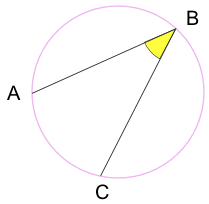
A and C are "end points"
B is the "apex point"
Play with it here:
When you move point "B", what happens to the angle?
Inscribed Angle Theorems
An inscribed angle a° is half of the central angle 2a°
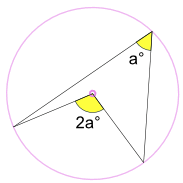
(Called the Angle at the Centre Theorem)
And (keeping the end points fixed) ...
... the angle a° is always the same,
no matter where it is on the same arc between end points:
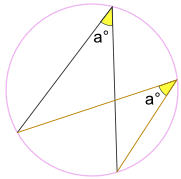
Angle a° is the same.
(Called the Angles Subtended by Same Arc Theorem)
Angle in a Semicircle (Thales' Theorem)
An angle inscribed across a circle's diameter is always a right angle:
(The end points are either end of a circle's diameter,
the apex point can be anywhere on the circumference.)
Why? Because: The inscribed angle 90° is half of the central angle 180° (Using "Angle at the Centre Theorem" above) | 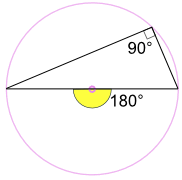 |
Another Good Reason Why It Works
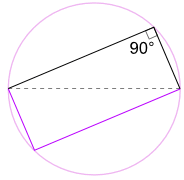
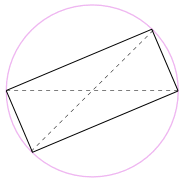
We could also rotate the shape around 180° to make a rectangle!
It is a rectangle, because all sides are parallel, and both diagonals are equal.
And so its internal angles are all right angles (90°).

So there we go! No matter where that angle is
on the circumference, it is always 90°
Finding a Circle's Centre
We can use this idea to find a circle's centre:
- draw a right angle from anywhere on the circle's circumference, then draw the diameter where the two legs hit the circle
- do that again but for a different diameter
Where the diameters cross is the centre!
Cyclic Quadrilateral
A "Cyclic" Quadrilateral has every vertex on a circle's circumference: |  |
A Cyclic Quadrilateral's opposite angles add to 180°:
|  |
 | Tangent AngleA tangent line just touches a circle at one point. It always forms a right angle with the circle's radius. |


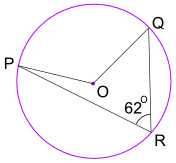
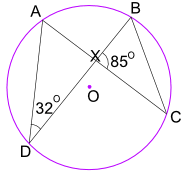

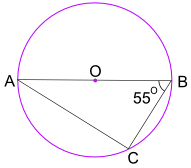

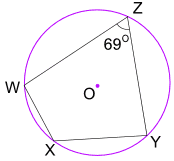








0 Comments